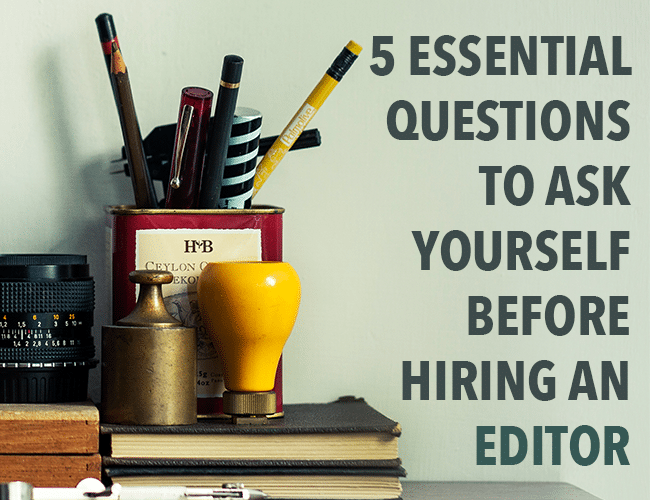
by Monica M. Clark |
It’s tempting to write fancy language and complicated sentences, but writing clearly is one of the best things you can do for your readers.
Luckily, tightening up one’s writing is one of the easiest skills for a writer to develop. Here are nine practical ways you can tighten your work.

by Guest Blogger |
When you’ve finished a book, you feel like a hero. The work may have some warts, but it’s yours, and it’s done! The next step is to test it out on some readers and see how well the book works. This is called Beta Testing (or just “beta-ing”) your book.
Reader feedback can teach you a lot, but it can also be hard to filter the signal from the noise. The key is learning how to process that feedback so you can make productive edits. Today I’ll teach you how I learned to do this.

by Pamela Fernuik |
I have a one-hundred-and-five-page book. It weighs four ounces. The Boston Globe thinks that “No book in shorter space, with fewer words, will help any writer more than this persistent little volume.” The Elements of Style by Shrunk White and E.B. White is as elemental to a writer as practicing scales is to a pianist.

by Guest Blogger |
You finally finished writing your book. There’s a glimmer of hope that the end is near. It’s time to pass your rough draft on to an editor to clean it up, right?
Not so fast. Have you revised it yourself yet?
What a lot of bestselling authors and writing coaches will tell you is the hard part of writing a book is not writing the book. The hard part is rewriting your book.

by Guest Blogger |
It’s a rule of thumb for any writer to follow Strunk’s advice and “omit needless words.” That’s easier said than done. Sure, you know which filler words to cut, and you know how to hunt down those pesky weasel words. But sometimes, sheer editing isn’t enough.
Your writing can still suffer after you’ve gone through your piece seven times. Why? Because you’re likely using crutch words and have become blind to them. While this doesn’t seem like a big deal, it can bog down your writing.

by Emily Wenstrom |
There’s no feeling quite like the moment you realized you’ve completely finished the rough draft of a work in progress. A mix of pride and accomplishment and utter dread at how bad it might be.





